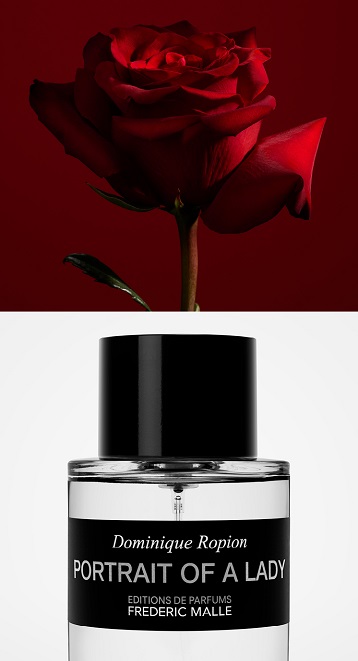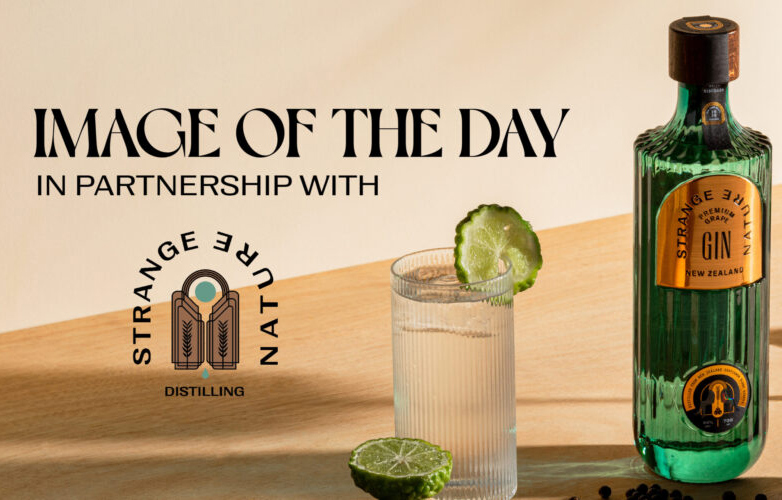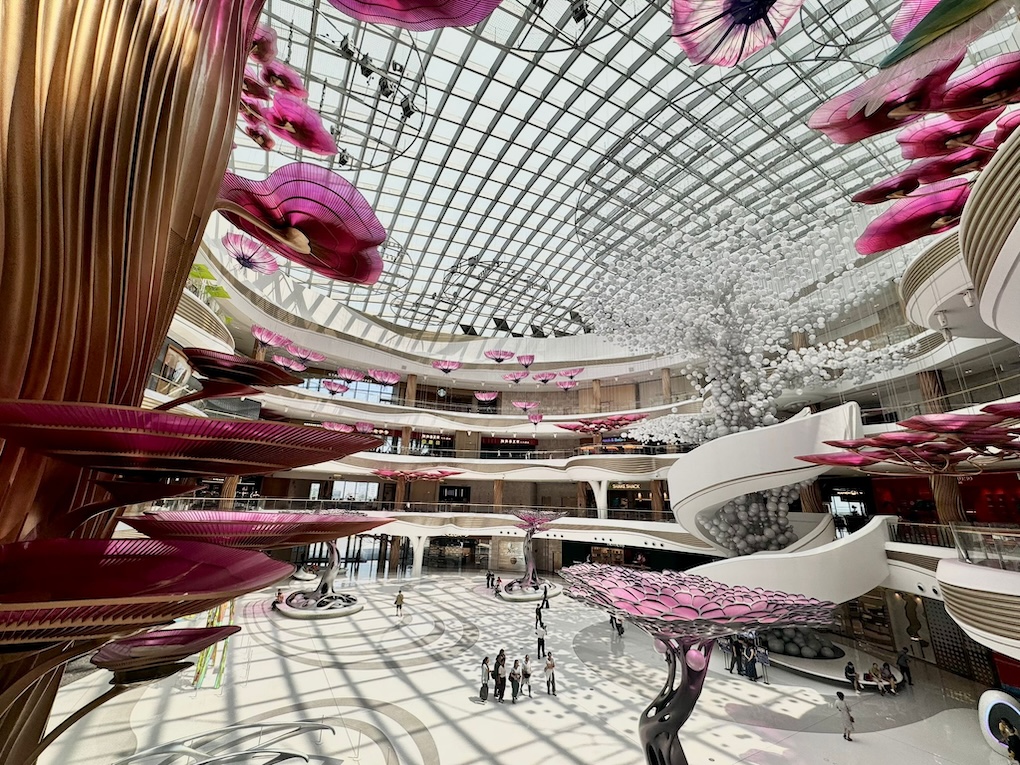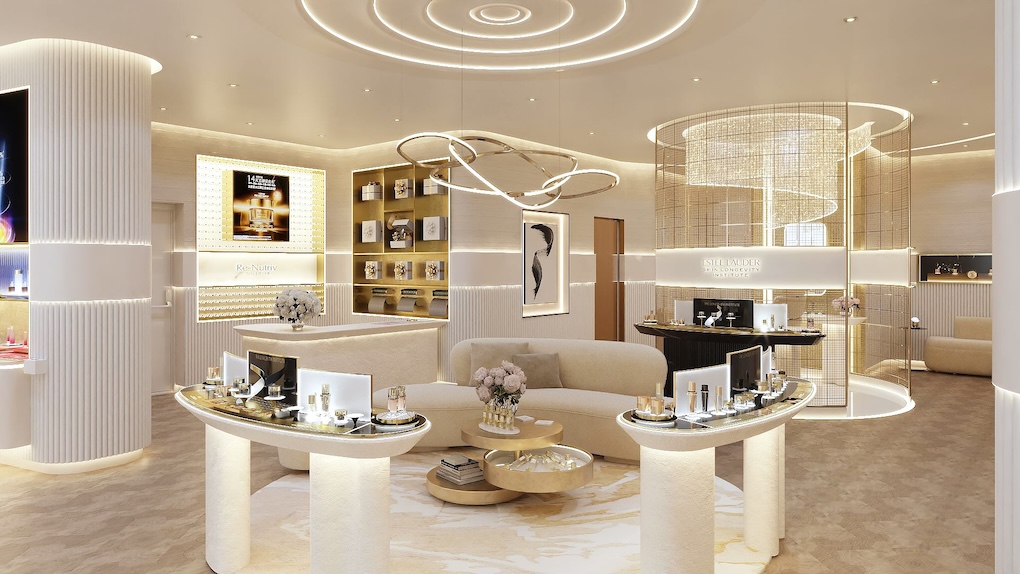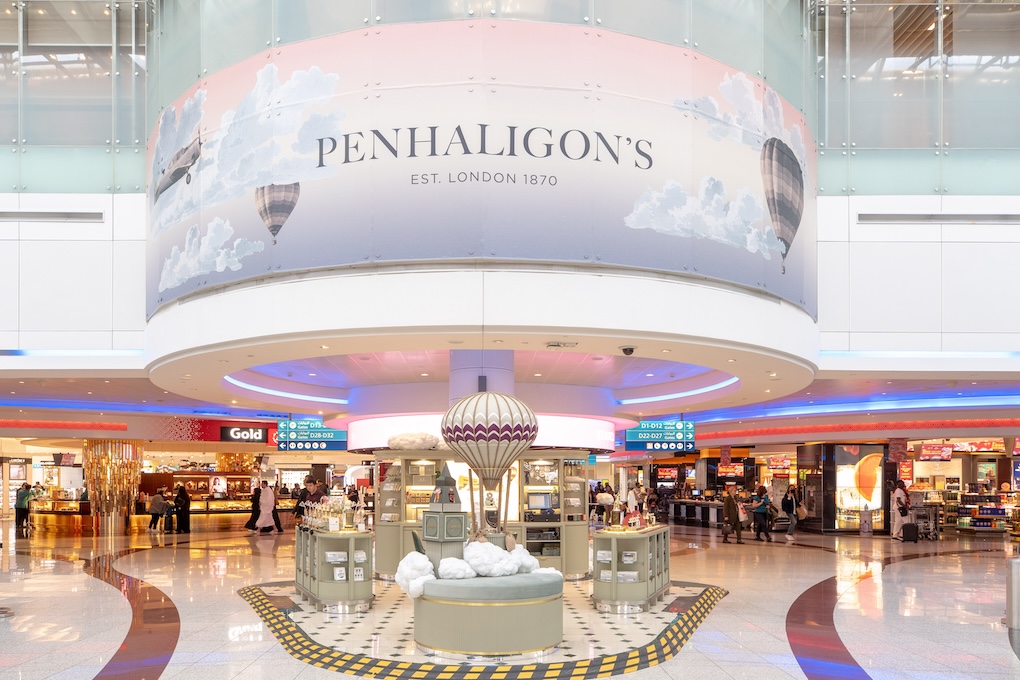Introduction: Announcing Coty Inc’s full-year results for fiscal 2017, CEO Camillo Pane hailed the previous 12 months as “a transformational year for Coty”. Given the momentous events of the period, there wasn’t a hint of over-statement in that assertion. The company completed the complex acquisition of the P&G Beauty Business, which was reorganised into a new structure, with the integration process reaching some significant milestones in the drive to deliver US$750 million in synergies by fiscal 2020. The new-look business is today the number one player in fragrances worldwide, number two in salon haircare and number three in colour cosmetics (based on FY17 figures).
The group business was bolstered by the additions of Younique, ghd and the agreement to acquire the Burberry Beauty licence, revealed in April and completed in October.
The latter was a key development for the Coty Luxury division, which accounts for 32% of net sales (or US$2.8 billion based on pro forma FY17 figures). It also represents a big opportunity for travel retail, whose role as a showcase has been amplified by the dynamic airport activations around Gucci and Tiffany in recent months, as well as the continuing powerhouse performance of Hugo Boss fragrances and the regular reinvention of the fragrances range at Calvin Klein.
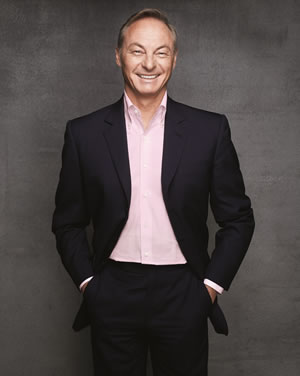
Dermot Davitt spoke to Coty Luxury President Edgar Huber and Senior Vice President Global Travel Retail Philippe Margueritte about corporate strategy post-merger, about “over-indexing” in the fastest growing channels and about raising conversion levels in travel retail.
The Moodie Davitt Report: What are the key pillars on which the Coty Luxury and travel retail strategy is built today?
Edgar Huber: There are several key elements. We want to significantly accelerate our growth in fragrances worldwide. We want to over-index in the fastest growing distribution channels, which are digital, travel retail and tier one retail channels.
We also aim to continue developing our market share in North America and Asia. In North America we are under-indexing because we don’t have enough colour cosmetic offerings; with Gucci and Burberry and potentially other developments we can catch up. In Asia we are under-indexing because Philosophy (in skincare) and Lancaster (in suncare) were not developed strongly enough.
We are focusing on executing better in fragrances in all these regions, but also rolling out Philosophy in a more accelerated way, including in travel retail. We have done a good job but we can do more. In domestic markets we have built Philosophy in China through a store with [Alibaba-owned] T-Mall, counters in key department stores and our own Shanghai store, which is important.
You noted travel retail’s importance as a fast-growing market. So does the channel have significant backing and buy-in at the top level?
EH: Yes. One of the first decisions I made when I joined was to create an independent region out of travel retail. Previously in the Coty organisation it was linked to many other areas. We appointed Philippe Margueritte as leader of the channel and verticalised this organisation that had been folded into others to give it total focus and to ensure it had its own P&L. With this move we began advertising in airports for example, something we didn’t do to any great extent before.
How has the merger with P&G affected your approach to travel retail and moved priorities and brand focus? What have been the key benefits and synergies, and what are the challenges?
EH: It’s the biggest merger ever in this industry. We doubled the size of the company more or less from one day to the next, so it’s a pretty significant undertaking. We have now successfully finalised and exited the Transitional Service Agreement (TSA) with P&G, and are flying with our own wings. We are on track with all of the synergies and are pleased to have integrated these beautiful brands. We are convinced we will develop them in a dynamic way.

The biggest objective now is that after a year sorting out our brands, people and systems, it’s time to focus on one culture. That is our priority from the top down. We have clear criteria about what we want and what we don’t want. It’s already a well oiled machine and is verticalised, so that isn’t an issue in travel retail, but we need to make it work in all markets.
Philippe Margueritte: We are very focused in travel retail today. The integration of the P&G speciality brands did not change things too much as they were luxury-focused and with two main pillars. These were of course Hugo Boss, the leading brand in the male market in travel retail, and Gucci, which is the fastest growing brand in luxury today. So it was complementary to us, and reinforced rather than shifted our strategy. The travel retail organisation within Coty covers the entire portfolio and that helps our retailers who have one point of contact across all brands.
Looking at the wider picture, how are you changing the ways you engage with the travelling beauty consumer today? What are the priorities?
PM: We have a common agenda with our retailers. Around 80% of travellers are not purchasing in the airport, and that is the biggest battle we must fight. As the leader of the fragrance category we have a commitment to help retailers and airports to raise this conversion ratio, through four strategies.
One is digital, which as an enabler can multiply the touchpoints we have with travellers even before they start their journey. We need to connect with them through the entire cycle, including in-store.
Second, we have a captive and growing audience but we need to bring disruption into the store experience. Bloom for Gucci is a great recent example of how we can stop the traveller and connect with them in the airport through an outstanding experience.
Third, we want to completely think out-of-the-box, meaning outside the store. How do we dematerialise the store and bring it to where the consumer is? We are working with key retailers on expanding the number of touch points with the consumer outside the store but within the airport environment, not only on the concourse but across all channels. That relies on the alignment of airport, retailer and ourselves. It can be an efficient way to increase the conversion rate.
The last element is to raise the service level in-store. We must offer something different and better compared to the Internet, which means an emphasis on gifting and personalisation, things we are working on with our retailers. And of course our Beauty Ambassadors (BAs) in the stores are so important. They represent the brands but also the service the retailer is taking to the consumer. We are pursuing many efforts in training, marketing information and sales techniques, so we can provide the best BAs in travel retail.
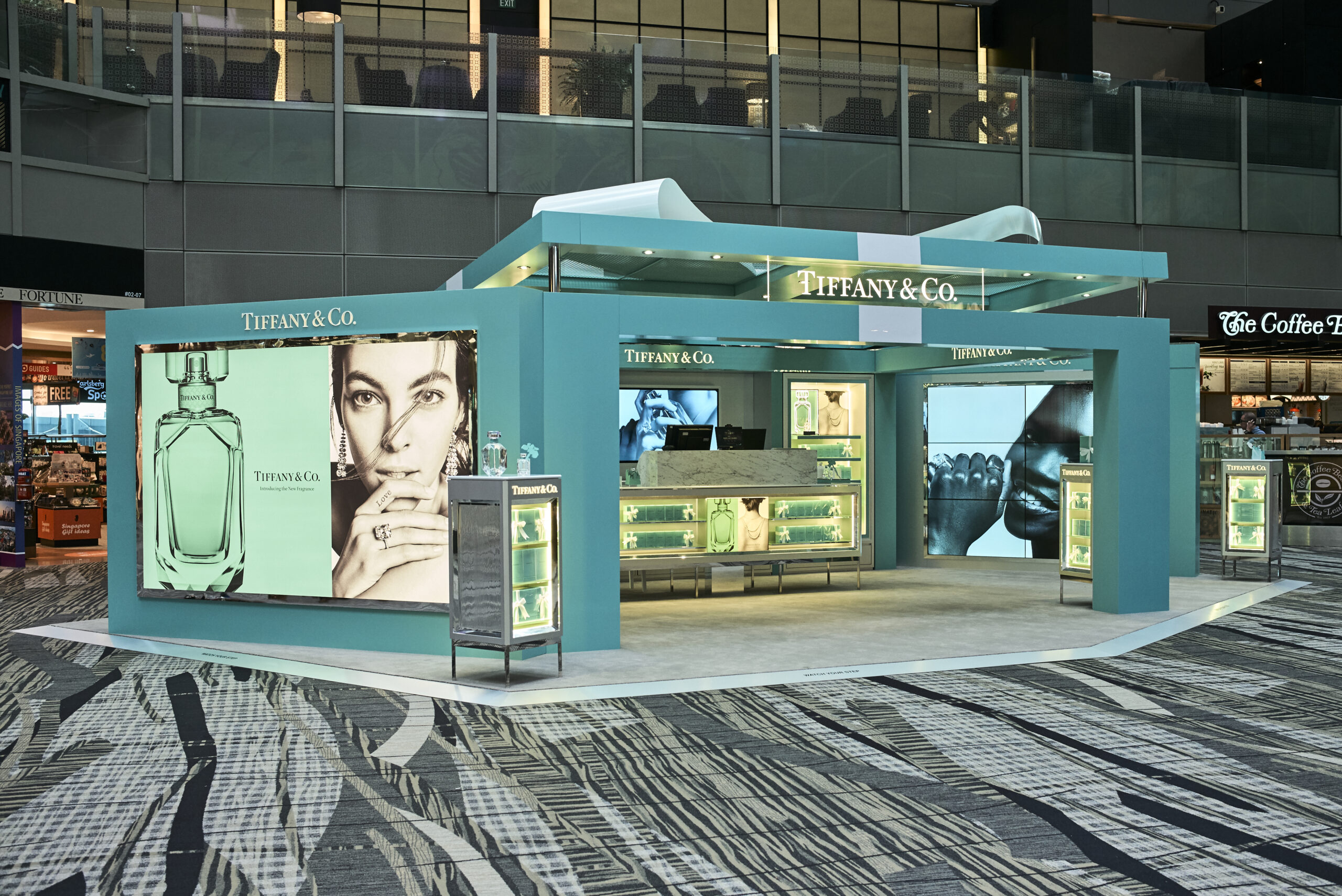

Is the travel retail channel today a true sales and profit line or it more a showcase for Coty? With that in mind, does brand owners’ heavy investment in this channel stack up well enough in terms of returns?
PM: As a public company we don’t disclose the precise breakdown but I can tell you we are always pursuing profitability in each and every division. Travel retail is one of the very best environments in which to showcase what we do. But clearly we must also have a profitable way of doing business.
EH: You have to make [the economics] work and you cannot be absent from this channel. If we say that the future lies in digital, travel retail and then the high street, if we don’t succeed [in travel retail] then we have a problem in other areas.
How do you see the state of relationships between the key partners: brands, retailers and airports? How would you like to see these partnerships evolve?
PM: We have common strategic goals and excellent relationships with the leading airports as well as with the retailers, which is important. We mentioned Bloom by Gucci; the airport role is key here as we are doing a lot more with out-posts beyond the store. We are doing similar things with Tiffany now too. Of course for many airports non-aeronautical revenues are now bigger than aeronautical and that is the trend. This is an opportunity to tie in much more with them and to increase the commercial rates of growth.
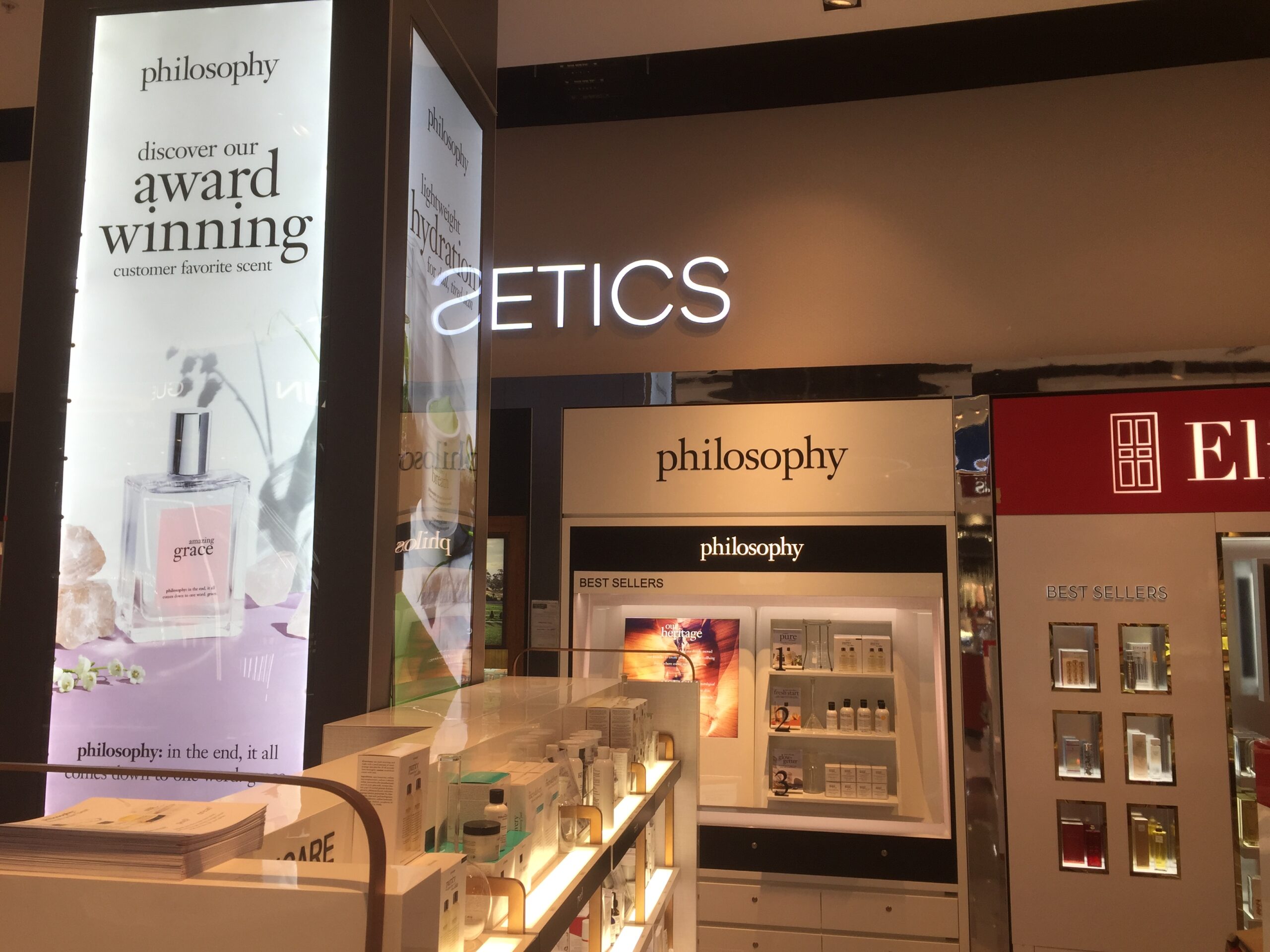
How does the company’s digital strategy feed into travel retail? Do you think we as an industry have really grasped the e-commerce opportunity?
PM: Basically digital is the number one axis of our strategy to increase conversion. It allows us to anticipate the journey and in some cases even the sales, if you look at the growth of click and collect in some markets. We are not yet professional enough in how we present our product though. We are working with our retailers to build the amount of content we can provide through digital and better use data to touch the consumer in every part of the journey.

With this in mind, within travel retail we also created a digital department this year, which is devoted to enhancing all the digital strategies of our retailers.
Also, we talk about store digitalisation: we are asking how the store can link digital and physical experiences. Some retailers are very vocal about this as you know and we are partnering heavily with them to enhance those tools. It’s a trial and learning period. We don’t have all the solutions but we are progressing fast.
We need to be aligned together as an industry, to engage people before and while they are at the airport. That is where the synergy between all the actors comes in. The airports we talk to are willing. Some are more protective about the digital experience and how it is delivered, some are more willing, but it is evolving every day.
Looking ahead, what sub-categories within beauty do you see most potential in today, and what is Coty doing to tap into these in travel retail?
EH: We have many more opportunities in fragrances, especially in the high-end, ultra-prestige segment. We are by far the number one in premium so in ultra-prestige there are opportunities. We strongly believe that skincare presents further opportunities, more even than we have seen to date. Also, haircare can play a greater role and become a more interesting category, one that remains relatively untapped.
PM: We are clearly analysing the opportunities that we have in travel retail. We have a lot more to do in the key areas of skincare and colour cosmetics, where we are under-developed as a group. So those are the focus but we also have a close eye on haircare. We are number two worldwide in this category and we have strong expertise. That also means we want to bring something different, something that comes with the respect of the beauty salon experts, which we need to protect. We need to bring a different proposition to the airports.

What impact do you expect the Burberry Beauty licensing agreement to have, and can you outline your travel retail plans?
EH: One of our key strategies is to upgrade and uptrade our brand portfolio. We have done it consistently and recently with the acquisition of the licences for Hugo Boss, Gucci and Tiffany, and now with Burberry Beauty. We continue to upgrade our offering so therefore strategically to see Burberry join the Coty family is very important and is a big achievement.
It will help increase our share in the premium-plus segment and it will allow us to develop the ultra-premium segment further too. We can do that by developing bespoke collections. We also have colour cosmetics here too, which has a lot of potential.
The other thing is that Burberry, when it was within the fashion house, was distributed around the world mainly by distributors. We have our own affiliates so we believe we can develop the size and quality of the business through these. We see across all the brands that when they are managed by our own teams, it makes a difference. Our teams manage their own market share, distributors manage their own cash flow and these are very different approaches.
Burberry too is highly aspirational, it comes with the strong British heritage and it is very complementary to what we have already in the portfolio. Coty Luxury is the best possible home for the brand.
PM: It’s too early to say what we’ll do specifically but what is key is that Burberry Beauty complements what we do. It has that British elegance and geographically it is complementary. We will also be tapping into colour cosmetics for the first time and that is a strategic axis of development. We are already in colour cosmetics and have a very strong presence and market share in nails through OPI. But we are not really present in those other categories and Burberry is strong in lips and strong in face care, so we are happy to be able to seize this opportunity.
Finally, and this is an important trend in travel retail, we have the chance within Burberry to have a bespoke collection. This is the most premium proposition that you can find on the market today. It’s a unique way to grant even stronger service to the consumer, allowing them to choose the intensity of fragrance that they want and we can master that at the point of sale. More than that we can personalise the offering with the traveller’s initials on the bottle for example. It is really the ultimate in luxury. Burberry is opening doors that we have not opened before.

With travel retail in mind, what are the company’s big priorities and opportunities in the year ahead?
PM: We are the leader in fragrance and we want to grow the category. We have a responsibility to bring more disruption into the store, to bring more digital tools to bear, more out-of-the-box thinking, more people training and all those elements to make the category grow.
The second thing is to start playing more across all of the categories. Colour cosmetics is one, but we have big ambitions in skincare too. We are very strong with Lancaster in Europe, leading the suncare business. We are now expanding in Asia and China with Philosophy and will continue to boost our skincare growth in that region.
Of course, all of this must happen with the respect and partnership of the airports and of the retailers. We are all in this together with one target in mind: to continue to raise travel retail’s conversion ratio.



